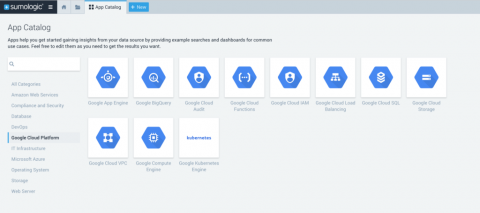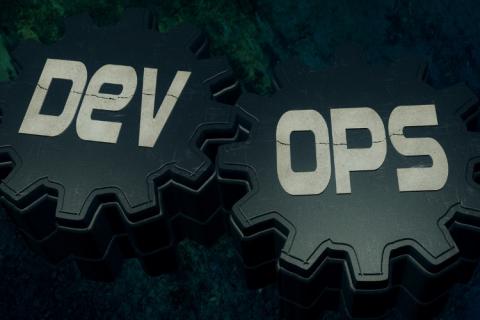Operations | Monitoring | ITSM | DevOps | Cloud
Sumo Logic
Miles Ahead in the Cloud - Sumo Logic
Postmortems Considered Beautiful
Outages and postmortems are a fact of life for any software engineer responsible for managing a complex system. And it can be safely said that those two words – “outage” and “postmortem,” do not carry any positive connotations in the remotest sense of the word.
Sumo Logic Releases 11 New Google Cloud Platform (GCP) Apps for Continued Multi-Cloud Support
Today, Sumo Logic is proud to announce that we have released 11 brand new Google Cloud Platform (GCP) applications to the existing Sumo Logic App Catalog.
A Primer on Building a Monitoring Strategy for Amazon RDS
In a previous blog post, we talked about Amazon Relational Database Service (RDS). RDS is one of the most popular cloud-based database services today and extensively used by Amazon Web Services (AWS) customers for its ease of use, cost-effectiveness and simple administration.
Thoughts from Gartner's 2018 Security & Risk Management Summit
I always look forward to attending the annual Gartner Security & Risk Management Summit in National Harbor, Maryland. This event provides the latest insights from both Gartner and industry thought leaders, and is focused on many current challenges facing organizations today with key areas including agile architectures, business continuity management (BCM), cloud security, privacy and securing internet of things (IoT).”
Deadline to Update PCI SSL & TLS Looms, Are You Ready?
Early internet data communications were enabled through the use of a protocol called HyperText Transmission Protocol (HTTP) to transfer data between nodes on the internet. HTTP essentially establishes the “request-response” rules to be used between a “client” (i.e. web browser) and “server”(computer hosting a website) throughout the session.
DevOps Redemption: Don't Let Outdated Data Analytics Tools Slow You Down
You know what’s not fun for DevOps engineers? Manually investigating and troubleshooting issues within their applications. It’s also no longer feasible in today’s highly complex and fast moving IT landscape. Gone are the days of using legacy on-premises tools for modern applications and infrastructures because they simply aren’t compatible.
SnapSecChat: The Demand for Security as a Service
Before you roll your eyes at another “as a service” term, listen to what Sumo Logic CSO George Gerchow has to say about it in this latest SnapSecChat video series. The reason why offering solutions “as a service” has become so widespread is because that’s the way it should be done, especially with security.
Log Management and Analytics for the AWS ELB Classic Service
Earlier this year, we showed you how to monitor Amazon Web Services Elastic Load Balancer (AWS ELB) with Cloudwatch. This piece is a follow up to that, and will focus on Classic Load Balancers.











